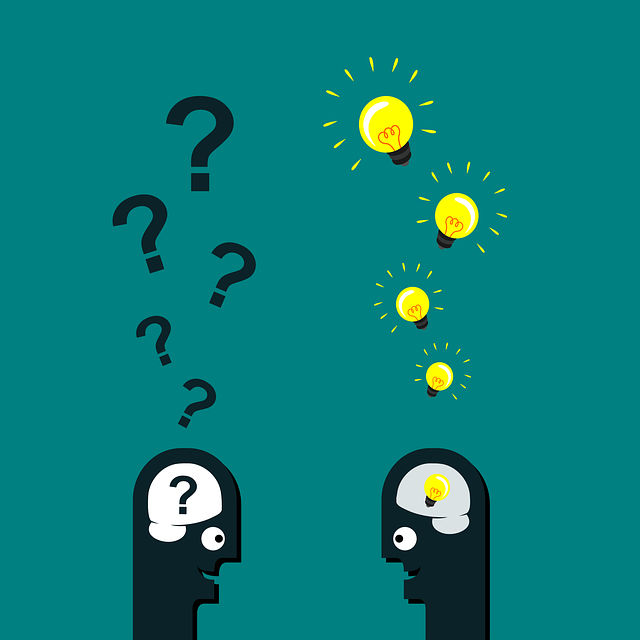
Students develop a healthy view of themselves and others. They become better citizens and learners through social emotional learning. These activities have long-lasting positive effects and can be used in educational settings. Teachers can offer social emotional learning programs to their students, no matter whether it is for high school, middle school, or elementary.
Your students are the most important part of your program. Observe their behavior and facial expressions. Learn about their relationships with each other and at home. You can start to notice small cues like their facial expressions which indicate that they need more practice.
First, recognize the emotions that are common in the classroom. For example, confusion, anger, sadness and even anger can all arise in class. Talk to your students about what they think those feelings mean and how they can deal with them. Ask your students to compile a list of the most common emotions they experience, along with the words that best describe them.

Next, create an emoji table so that students can quickly recognize their emotions. It is also a good idea, to print out a number of cards. These cards include words and pictures that depict different emotions. The cards can be stuck to the ring by students to help them keep track.
Role-play scenarios can be another option. Students can take part in role-play scenarios, such as when they are reading a story. They could walk around the room and make a face representing one of their emotions. Encourage them to search for a friend that they feel close to. This will allow them to explore the ways they feel about a particular color or character.
Twinkl's social- and emotional learning activities are great for anyone with digital resources like a tablet or a computer. You can download a large selection of social- and emotional learning tools from the company in PDF format. These worksheets can be used both as instructional tools and as independent work. Using the Twinkl digital resources will help you teach social and emotional skills to your students.
Encourage your students to write their own stories as you work together. This will enable them to appreciate empathy and see how it can help the classroom. Storytelling is a great way to help your students develop vocabulary and comprehension skills.

Adding these types of activities to the curriculum will help students build an emotional tower to support their academic success. They can learn how to manage their emotions, make healthy choices, and build strong relationships with classmates. Doing this will help improve the culture in your classroom and increase academic performance.
You can also teach students about empathy by incorporating random acts of kindness into the classroom. This can be accomplished through a morning meeting or daily check-in. Students can build friendships in and out of the classroom when they show kindness to one another. The students will also learn the importance of kindness and the positive effects it can have in the community.
FAQ
What does it take to be a teacher early childhood?
You must first decide if you want to pursue a career in early childhood education. If so, then you will need to get your bachelor's degree. In some states, students must have a masters degree.
You may also be required to attend classes during the summer. These courses can be taken to learn about topics such as pedagogy and curriculum design.
Many colleges offer associate programs that lead to teaching certifications.
While some schools offer certificates or bachelor's degrees in early childhood education, others only offer diplomas.
Additional training may not be necessary if you intend to teach at home.
Should I be a specialist or branch out in one area?
Many students prefer to be a specialist in one subject (e.g. English, History or Math) rather than pursuing multiple subjects. But, you don't always have to specialize. For instance, if your goal is to become a doctor you can choose to focus in either surgery or inner medicine. You could also choose to specialize in family practice, pediatrics, gerontology or neurology. You could focus on sales, marketing, finance, research, and management if you are interested in a career in business. It's your choice.
What is the difference in a university and college?
A university provides higher education. It offers postgraduate and undergraduate courses in a variety of fields.
A college is generally smaller and less respected than a university. It may offer fewer courses but often has its own specialist departments.
Statistics
- Globally, in 2008, around 89% of children aged six to twelve were enrolled in primary education, and this proportion was rising. (en.wikipedia.org)
- They are more likely to graduate high school (25%) and finish college (116%). (habitatbroward.org)
- In most developed countries, a high proportion of the population (up to 50%) now enters higher education at some time in their lives. (en.wikipedia.org)
- They are also 25% more likely to graduate from high school and have higher math and reading scores, with fewer behavioral problems,” according to research at the University of Tennessee. (habitatbroward.org)
- Data from the Department of Education reveal that, among 2008 college graduates, 92.8 percent of humanities majors have voted at least once since finishing school. (bostonreview.net)
External Links
How To
What can I do to become a teacher in my area?
Teacher jobs are available at public elementary schools, private elementary school, private middle schools. Public secondary schools, public secondary secondary schools. Private secondary schools. Charter schools. Public and private Catholic schools. Public and private daycare centers.
A bachelor's degree at one of the following institutions is necessary to become a teacher.
-
A four-year university or college
-
An associate's degree program
-
Two-year programs at community colleges
-
Combinations of these three types programs
To be eligible for teacher certification, applicants must satisfy state requirements. These include passing standardized tests and completing a probationary period of work experience.
Most states require candidates to pass a test called the Praxis II. This test assesses the candidate's reading, writing, mathematics, as well as language arts knowledge.
Many states require that candidates obtain a specialized license in order to be certified to teach.
These licenses will be issued by the boards of education in each state.
Some states grant licenses automatically without additional testing. These cases require that the applicant contact the state board of education to confirm if the license is granted.
Some states do not issue licenses unless the applicant has completed a master's degree program.
Others allow students to apply directly for licensure to the state board.
The cost of licenses varies widely depending on their duration and the required coursework.
Some states only require a high school diploma while others require a bachelor’s degree.
Some states require training in specific areas, such as literacy or child development.
Some states require candidates to have a master's degree in order to become licensed.
Many states will ask applicants for their prior employment information when they apply to become certified teachers.
You may want to mention that you have been employed in another occupation on your application.
However, almost all states will accept work experience from any type of previous job.
You might want to list your job title, previous position, and years of experience.
These information are often useful to potential employers.
This shows that you have the relevant skills and experience.
Working can give you new skills and valuable experience.
Future employers can view your resume.